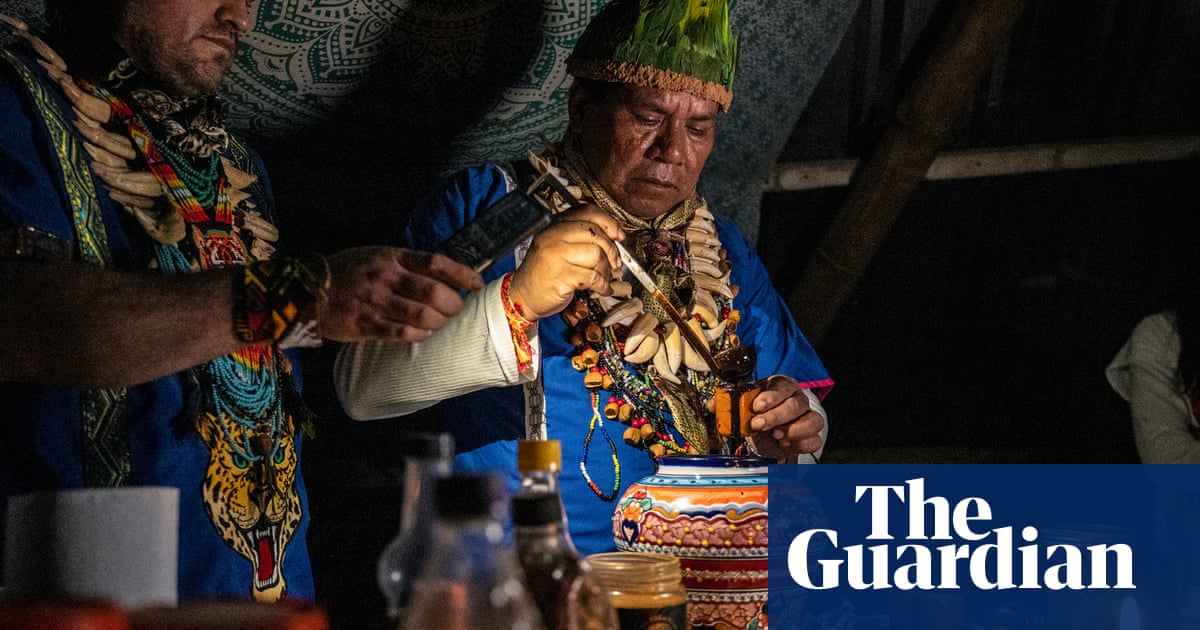Your article (‘Ayahuasca tourism’ is a blight on Indigenous peoples and our environment, 17 June) brings up important concerns but it looks at a complicated issue too narrowly. It is worth remembering that the word “ayahuasca” itself is not a modern invention, but a Quechua term meaning “vine of the soul”. It is just one of many names used for the ceremonial medicine across different Indigenous cultures – others include yagé, kamarampi, caapi, oasca and daime. Suggesting that only “hayakwaska” is “correct” erases the diversity of ancestral traditions across the Amazon basin.
The claim that ayahuasca is marketed as a “mystical shortcut” overlooks the reality: real work with this medicine is neither quick nor easy. True healing through ayahuasca involves deep inner effort, often accompanied by discomfort, surrender and courage – whether one is Indigenous or not.
The criticism of cultural distortion and biodiversity loss is valid, especially that tourism encourages the illegal wildlife trade. But we must also acknowledge that many of the products sold to tourists (such as jaguar parts) are offered by local individuals. Given their cultural knowledge and connection to the forest, Indigenous communities can and should take leadership in educating both locals and visitors, promoting sustainable and ethical practices.
To ask, “How are ‘ayahuasca tourists’ giving back?” is fair. Yet tourism – when done responsibly – can be a vital source of income for rural areas, offering alternatives to logging, mining and drug trafficking. It provides jobs and preserves cultural relevance for younger generations.Enrico MalatestaWanay Community Retreat Center, Mocoa, Colombia
I agree wholeheartedly with Nina Gualinga and Eli Virkina that ayahuasca tourism takes the shaman away from their sacred work, which is the community and the land. I know that as a UK-based shamanic healer, my work is with this land. This is what brings harmony to the soul.
The plants and trees of any country are the wisdom keepers and healing cannot happen anywhere unless the land is being tended and healed. This involves releasing the souls of war and empire-building, reinstating the guardians of the sacred sites and bringing ourselves back to reciprocity.
Knowing our roots and tending them brings us back into relationship with ourselves. This land and our hearts need our ancestral tending right now. For our healing to involve going toEcuadorfor spiritual tourism, when there is so much ancestral and earth tending to do on our soil, shows how disconnected we still are from land and mother.
We cannot find that anywhere else. The plants of these sacred isles hold so much love and wisdom now in our return to the land as a mother, as a sentient loving source who holds us. The sacred plants of these isles are dandelions, thistles, dock and nettle – they support us and guide us. Our trees are oak, birch and rowan, hawthorn. It is our communication and relationship with the earth mother and the plant spirits. A sovereign connection between ourselves and our earth.Emily WebsterLancaster
It’s always fascinating to learn about such distant remote Indigenous communities, and yet find so much in common, such as their innate respect for nature. The onset of modern tourism – often appended with “eco”, “sustainable” and “responsible” by those exploiting Indigenous people – is a common phenomenon.
However, is there a lesser of two evils? “Ayahuasca” in Ecuador, as described in your piece, or the wholesale taking-over of Indigenous lands, livelihoods and cultures that we see inCambodia? The forced assimilation in to the mainstream population was most violently imposed during the notorious 1970s Khmer Rouge regime but goes on insidiously ever since.John LowrieTa Khmau, Cambodia
